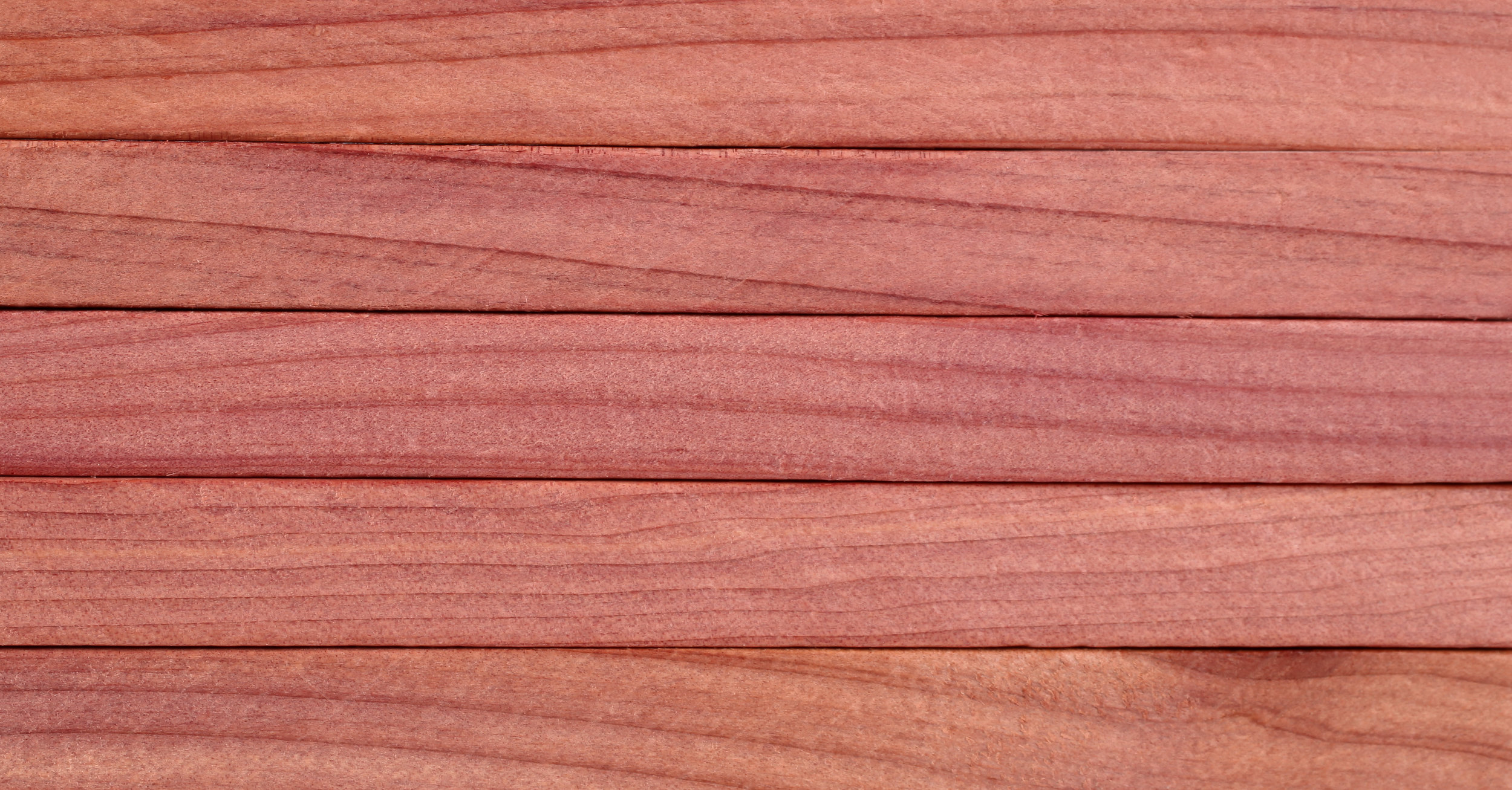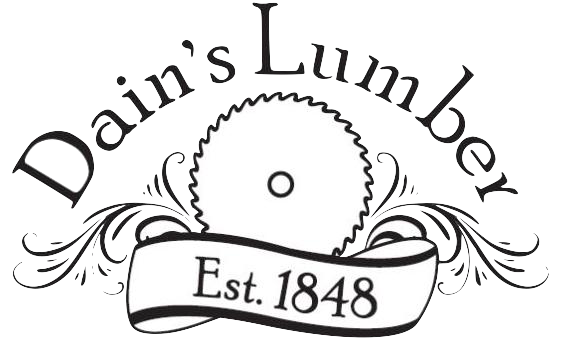
Conifer. Frequently 200 feet high. Trunk diameter 15 feet. Mature trees separate near the top into 2 or 3 erect divisions. Distribution coastal ranges of western Canada and the United States from Alaska south through British Columbia, Washington and Oregon east to Idaho and Montana. The largest of all cedars, it is slow growing and very long-lived.
A huge tree with a broad tapering buttressed base, the "coastal" or "western" red cedar grows along the mist-drenched North Pacific Coast in tall majesty. The wood of this cedar has a rich earthy red color and subtle patterns of texture. It is straight and even grained, moderately soft and light in weight. It is completely non-resinous and is one of the most decay resistant species in America. It has small shrinkage.
Although low in strength and brittle, its tendency to split easily makes it perfect for shingles and for shakes many of which are still hand crafted with simple tools. Because of its characteristic fragrance and red color the wood of western red cedar is sometimes confused with the "aromatic" or incense-cedar which grows in the east and is familiar due to its widespread use in cabinetry, closets and chests.
Western red cedar has played an important role in the building of America. In the past century its shingles and shakes have graced the exteriors of countless thousands of homes. It is appropriate for modest cottages and stately mansions. This cedar is probably the only material that can be used to good advantage over an entire house-on interior walls as paneling, on exterior walls as siding and as roofing. Red cedar`s on-going popularity is due to its long lasting beauty, durability, resistance to weather decay and moderate price.
Red cedar`s natural warmth is more satisfying than the machine made synthetic sidings and building materials. Fire retardant treated cedar roof shingles are not only safe but reflect the good taste of contemporary home builders.
Because of its extremely low maintenance characteristics cedar is the ideal practical choice of vacation homes, or any home. It is also a problem-solver in remodeling as it can be applied quickly and easily over existing siding and roofing.
The lumber of the western red cedar is used most extensively for shingles, hand split shakes and roof shingles. Because it is easy to work and resistant to moisture, it is also used for caskets and coffins, posts, pilings and boatbuilding. It is also used for porch columns, fencing, doors, boxes, crates and veneers and paneling.
